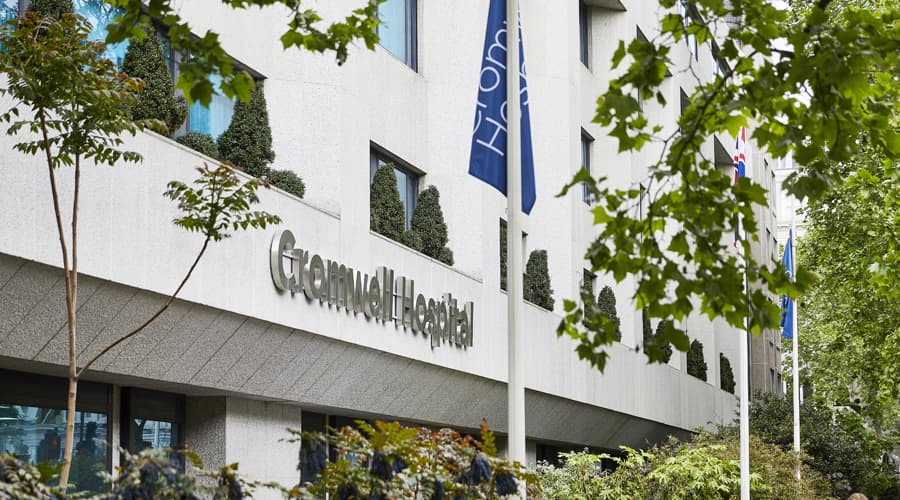Anterior cruciate ligament (ACL) injuries
A common knee injury in sports such as football, skiing, and basketball.
What are anterior cruciate ligament (ACL) injuries?
The anterior cruciate ligament (ACL) is a band of tissue that runs through the middle of your knee joint. It attaches your thigh bone to your shin bone. It is responsible for preventing excessive forward movement of your tibia against your femur.
Most ACL injuries happen during sports, especially those that involve sudden changes in direction or pivoting such as football, basketball, or skiing. It can happen in a contact or non-contact setting.
An ACL injury can be treated by building up the muscles around the knee. This helps the other ligaments and tendons support stability and movement.
Younger patients, particularly those who do a lot of sports and those who have a physically demanding job, are likely to be recommended surgery.
An ACL injury may be caused by:
- landing awkwardly from a jump
- twisting movements, particularly when your foot is on the ground
- quickly changing direction when running or walking
- slowing down or stopping suddenly when running
- excessive bending or straightening
- a direct blow to the knee
Some people feel or hear a ‘pop’ in the knee when an ACL injury occurs.
Other symptoms include:
- severe pain
- swelling
- instability – especially when going up and down stairs
- not having full range of movement – unable to straighten the leg
If you experience any of these symptoms, it’s important to see your doctor straight away.
Diagnostic tests for ACL injuries
Your doctor will assess the symptoms of your knee injury, will carry out a careful examination, and will usually order an MRI scan to assess the damage.
An MRI scan will show whether the ligament has been stretched or has suffered a full or partial tear. It will also show your specialist what other injuries may have occurred inside the knee.
Treatment for ACL injuries
Self-care
Most minor soft tissue injuries can be managed at home with rest and anti-inflammatory medication, such as ibuprofen.
Management will involve the PRICE regime (protection, rest, ice, compression, elevation).
Physiotherapy
Our physiotherapy team can also help you recover from an ACL injury. Your physiotherapist will give you exercises to help improve your range of motion and to build up muscle around your knee.
Surgery
Depending on your activity levels and profession, your orthopaedic surgeon may offer an ACL reconstruction.
This operation is usually carried out as keyhole surgery (arthroscopically). The ligament is repaired by grafting a tendon (either from your own leg or from a donor) in place of the ACL ligament. In some instances, the torn ACL can be primarily repaired.
Complete recovery from surgery can take from six to 12 months.
You will need to follow a dedicated physiotherapy regime with a knee physiotherapy team. The re-rupture rate is highest in the first two years following the initial accident.
Paying for your treatment
We welcome both self-paying and insured patients.
Self-pay patients
We offer several ways for patients to self-pay, including pay-as-you-go and self-pay packages.
Insured patients
At Cromwell Hospital, we accept private health insurance from most major providers, including AXA, Aviva, Bupa, and Vitality.
Our locations

Book an appointment today
Our telephone lines are open 8am to 8pm Monday to Friday and 8am to 2pm Saturdays.
Alternatively, fill out our appointment request form and we'll be in touch shortly.
Please note - regrettably we are unable to answer specific medical questions or offer medical advice via email or telephone.
